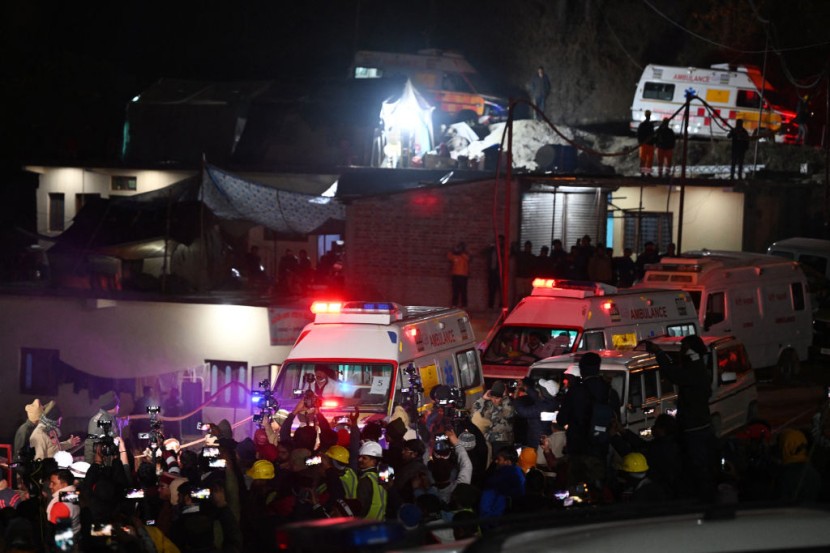After 17 days of being trapped, 41 mine workers were rescued from the collapsed Silkyara tunnel in the Himalayas on Tuesday (November 28).
All of the miners were relatively safe and well when they were taken out of the tunnel after using the illegal method of "rat-hole mining" to clear the last few meters of rubble.
During a briefing with local media, Indian National Disaster Management Authority member Syed Ata Hasnain said the technique - which was outlawed by the National Green Tribunal in 2014 - was necessary to get the miners out after heavy machines broke down and failed to provide any breakthrough in the last crucial leg of the operation.
"The rat-hole mining may be illegal but a rat-hole miner's talent and experience is being used," he said.
The collapsed tunnel was supposed to be part of the $1.5 billion Char Dham highway, one of Indian Prime Minister Narendra Modi's suite of ambitious projects, aimed at connecting four Hindu pilgrimage sites through a 550-mile (885-kilometer) network of roads.
The project has faced criticism from environmental experts, who have alleged it will lead to subsidence and disturbance of the fragile Himalayan region, which is already prone to landslides and earthquakes.
In response to the successful rescue, Modi called the operation an "amazing example of humanity and teamwork."
"The success of the rescue operation of our laborer brothers in Uttarkashi is making everyone emotional. I want to say to those trapped in the tunnel that your courage and patience are inspiring everyone," he said on X, formerly Twitter.
What is 'Rat-Hole' Mining?
NDTV reported that rat-hole mining was a method of extracting coal by digging very small pits, some of them no more than four feet (1.2 meters) wide. Once miners reached the coal seam, tunnels were made sideways to extract the coal.
Workers in the rat-hole mining method would enter the mines and use handheld tools to dig up the coal, which would be brought out and transported via highways.
The method was frequently used in Meghalaya, where the coal seam was very thin and any other method risked being economically unviable.
The small size of the hole meant that children would make the best fit for the hazardous job, which was one of the few job opportunities in that northeastern state of India.

Accidents Involving 'Rat-Hole' Mining
"Rat-hole" mining was banned by the National Green Tribunal almost a decade ago for being unscientific, but this did not stop the practice.
Several accidents have resulted in the deaths of "rat-hole" miners in the region, including a 2018 incident when 15 men involved in illegal mining were trapped inside a flooded mine.
Only two bodies could be recovered in the two-month rescue operation.
Another incident took place in 2021 when five miners were trapped in a flooded mine. Only three of the bodies were found before rescue teams called the operation off after a month.








